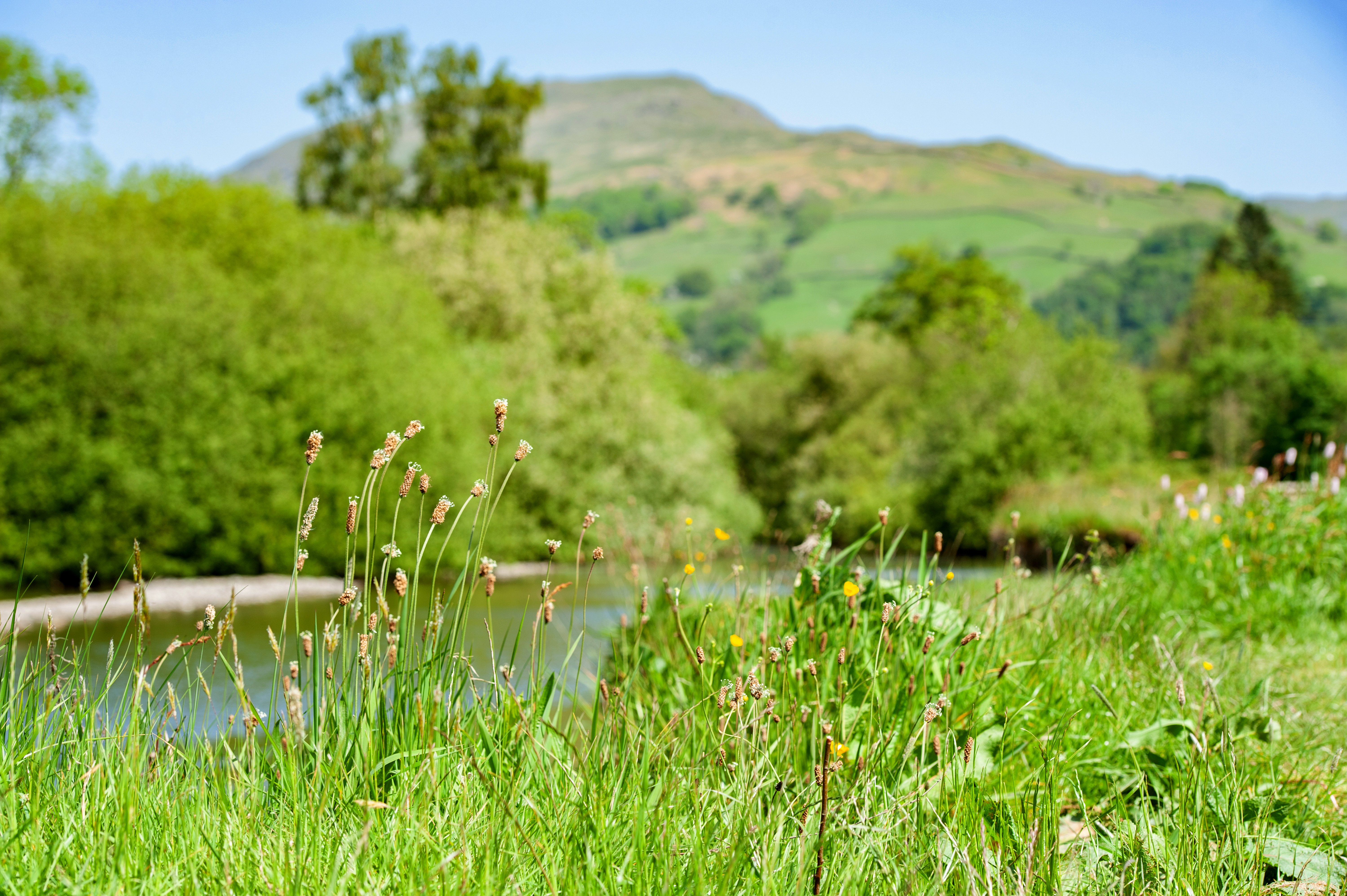27 Jul 2023
Hear from Mark Garth, our wastewater treatment director

Acknowledging the concern about Windermere and more generally around the health of rivers and waterways, we have announced a further investment of circa £3 billion which is being planned throughout the North West region, including long-term benefits to this special part of the Lake District.
We are also looking for opportunities to work with communities to address the most pressing concerns and supporting others to safeguard Windermere for many generations to come.
Mark Garth, wastewater treatment director, answers some of your questions on the future of Windermere and shares how we are striving to make the North West greener, healthier and stronger.
Are you dumping raw sewage into Windermere on a daily basis?
No, we’re not. Our wastewater treatment processes around Windermere are running 24 hours a day and use the latest technology to treat sewage to some of the tightest standards achievable. Since our most recent investment programme was completed in 2020, we’ve halved the amount of phosphorus entering the lake from our own processes.
What about in times of heavy rainfall?
Combined sewers carry both sewage and rainwater in the same pipes and storm overflows operate when there has been very heavy rain and these combined sewers are inundated with rainwater. At these times, overflows act as a safety valve that stops water backing up into people’s homes. Combined sewers and storm overflows are the legacy of a design choice made by engineers 150 years ago.
When overflows operate, they are releasing a diluted mixture of raw sewage, rainwater and groundwater. We’ve announced that £19 million is being fast-tracked at Windermere over the next two years to reduce storm water spills around Windermere.
Why are you a contributor to phosphorus going into Windermere?
While we are a contributor, phosphorus in the lake can come from many different sources including rainwater runoff from roads, farming, industry, private septic tanks, drainage and sewage – even Canadian geese are a source of phosphorus. Many of the discharge points that flow into Windermere are operated by others such as hotels, cafes and pubs etc. That means partnership working is key to improving water quality in Windermere. Experts at the Freshwater Biological Association say that Windermere is suffering from more frequent blue-green algae blooms brought on by the changing climate and increasing temperature of the water which has gone up by +1.7C over the past 70 years.
Why are you paying dividends to investors when you should be investing?
The amount we invest every year in the North West is more than double what we pay in dividends. Since 2000 we’ve invested more than £75 million upgrading wastewater treatment sites, pumping stations and sewers around Windermere. £45 million of that was completed in 2020. A further investment of £19 million is being fast-tracked at Windermere over the next two years. Of course, Windermere is not the only location where we need to make improvements and last year, we invested more than £800 million maintaining and upgrading water and wastewater services across the region.
Why do you need shareholders in the first place?
Shareholders invest money in the company which we rely on to help fund our investment programme. We will be asking them to make a huge down payment on the investment we are planning to carry out. We pay dividends to those shareholders as a return on their investment, like making interest payments to the bank for your mortgage. We have to compete with other companies on the stock market. If we did not give a fair rate of return then investors would take their money elsewhere, meaning we would not be able to attract the level of funding we need for the upgrades required. Customers’ bills alone would not be enough to pay for the investment that is needed.
Who is going to pay for all this investment?
Shareholders will pay for the investment in the first instance. The cost will then be repaid by customers in small amounts over the lifetime of the new infrastructure, which could be 50 years or more. This is how we raised the £20.5 billion that we’ve spent improving water and wastewater services across the North West region for the past 30 years.
We are offering tours of the wastewater treatment works so those living and working around Windermere can see just what happens when they flush the loo. Not a lot can be seen from the outside, so it’s a chance to take a look behind the scenes. Those interested should email windermere@uuplc.co.uk to book a place.
Windermere: The Facts
- United Utilities is accelerating £19 million of investment to bring forward activity right now to help reduce storm water spills at Windermere. It’s the first instalment of a wider plan to upgrade four sites around the lake by 2030
- The amount invested every year in the North West is more than double what the company pays in dividends and its investing even more than that in the future
- Over the last 30 years the company has spent £20.5 billion improving water and wastewater services across the North West
- Wastewater treatment processes around Windermere are cutting edge. Filters on the treatment works treat the water entering Windermere to very high standards and since 2020 its halved the amount of phosphorus entering the lake
- Phosphorus can come from many different sources including rainwater runoff from roads, farming, industry, private septic tanks, drainage and sewage
- All four bathing waters at Windermere are rated ‘Excellent’
- Working in partnership is key to improving water quality in Windermere
Visitors can sign up for a tour of Windermere wastewater treatment works by booking your slot and visiting https://uuhub.co.uk/windermeretours/.